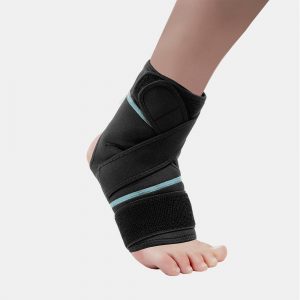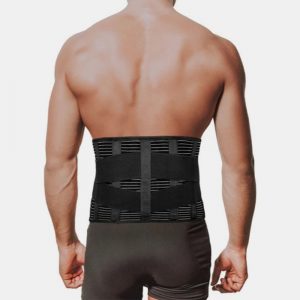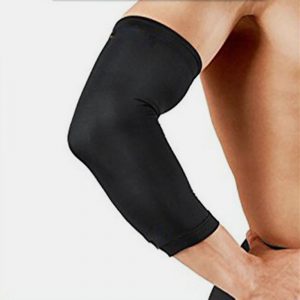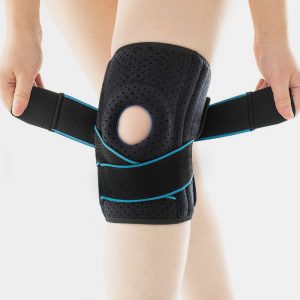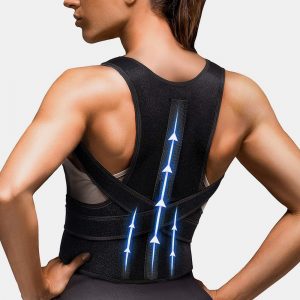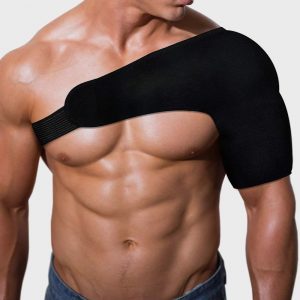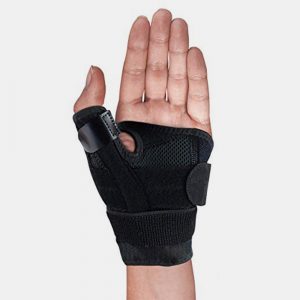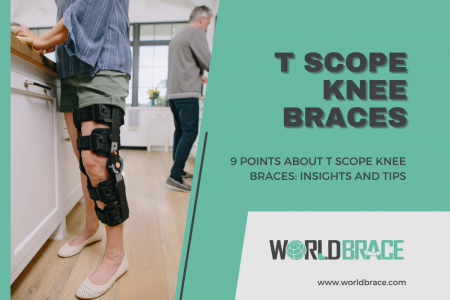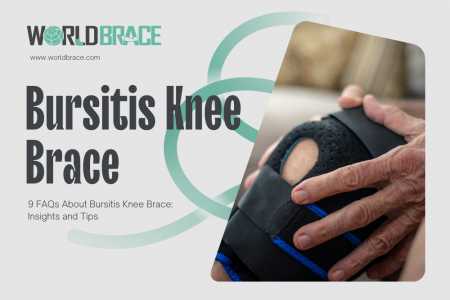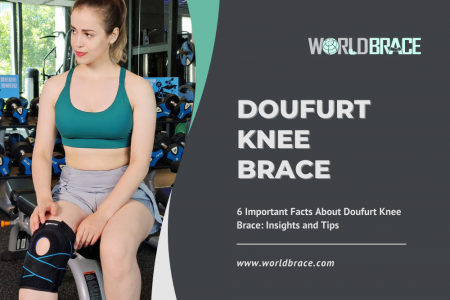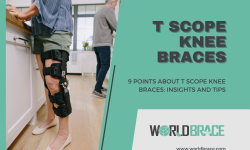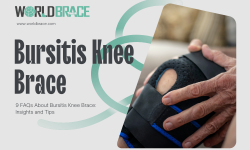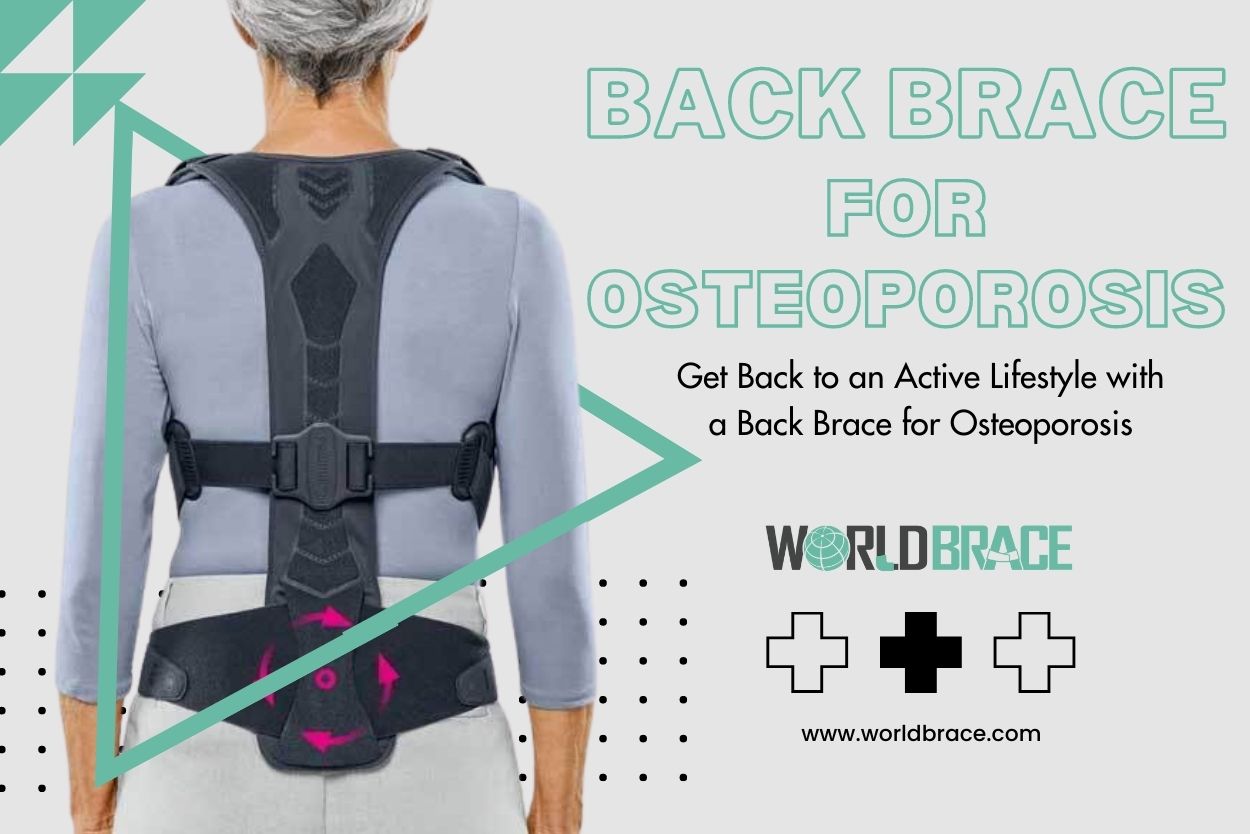
فهم هشاشة العظام وتأثيرها على نمط الحياة النشط
تتميز هشاشة العظام بالفقدان التدريجي لكثافة العظام، مما يجعل العظام ضعيفة وعرضة للكسور. وهو يصيب في المقام الأول كبار السن، وخاصةً النساء بعد انقطاع الطمث، ولكن يمكن أن يحدث أيضاً لدى الأشخاص الأصغر سناً بسبب بعض الحالات الطبية أو عوامل نمط الحياة. وغالباً ما يمر هذا المرض الصامت دون أن يلاحظه أحد إلى أن يحدث الكسر، مما يسلط الضوء على أهمية فهم آثاره.
تؤثر هشاشة العظام بشكل كبير على صحة العظام، مما يؤدي إلى زيادة خطر الإصابة بالكسور. وتصبح العظام هشة وهشة، مما يشكل تحدياً للأنشطة البسيطة مثل المشي أو رفع الأشياء. يمكن أن يؤدي فقدان قوة العظام هذا إلى ألم شديد وانخفاض في الحركة وأوقات تعافي طويلة. ونتيجة لذلك، غالباً ما يجد الأفراد الذين يعانون من هشاشة العظام أن نشاطهم البدني محدوداً وتتراجع جودة حياتهم بشكل عام.
إن معالجة هشاشة العظام أمر بالغ الأهمية للحفاظ على نمط حياة نشط. من خلال اتخاذ تدابير استباقية، مثل الفحوصات المنتظمة لكثافة العظام، واتباع نظام غذائي صحي للعظام، وممارسة تمارين حمل الأثقال، يمكن للأفراد تقوية عظامهم وتقليل خطر الإصابة بالكسور. بالإضافة إلى ذلك، قد يوصي أخصائيو الرعاية الصحية باستخدام الأقواس الخلفية مصممة خصيصًا لمرضى هشاشة العظام، والتي توفر الدعم والثبات للعمود الفقري، مما يسمح للأفراد بممارسة الأنشطة البدنية مع تقليل الشعور بعدم الراحة وتقليل فرص الإصابة بالكسور.
اختيار دعامة الظهر المناسبة لدعم هشاشة العظام
يعد اختيار دعامة الظهر المناسبة أمرًا بالغ الأهمية عند التحكم في هشاشة العظام والحفاظ على نمط حياة نشط. إليك بعض النقاط الرئيسية التي يجب مراعاتها عند اختيار دعامة الظهر لدعم هشاشة العظام:
- استشارة أخصائي رعاية صحية: قبل شراء دعامة الظهر، يُنصح باستشارة أخصائي الرعاية الصحية الذي يمكنه تقييم احتياجاتك الخاصة وتقديم توصيات مصممة خصيصاً لحالتك.
- مستوى الدعم: تقدم دعامات الظهر المختلفة مستويات مختلفة من الدعم. بالنسبة للأشخاص الذين يعانون من هشاشة العظام، من الضروري اختيار دعامة توفر الدعم الكافي للعمود الفقري والمناطق المحيطة به دون المساس بالراحة.
- الملاءمة والراحة: يجب أن تكون الدعامة الخلفية ملائمة بشكل مريح ولكن بشكل مريح حول الجذع. ابحث عن الأشرطة أو الأقفال القابلة للتعديل التي تسمح بملاءمة مخصصة. من الضروري التأكد من أن الدعامة لا تقيد الحركة أو تسبب عدم الراحة أثناء الأنشطة اليومية.
- الخامة وقابلية التهوية: ضع في اعتبارك خامة دعامة الظهر، حيث يجب أن تكون قابلة للتهوية وملائمة للبشرة. ابحث عن الدعامات المصنوعة من أقمشة خفيفة الوزن وممتصة للرطوبة تسمح بتدوير الهواء لمنع تراكم الحرارة والعرق.
- سهولة الاستخدام: اختر دعامة ظهر يسهل ارتداؤها وخلعها، خاصةً إذا كنت تخطط لارتدائها بانتظام. يمكن أن تجعل السحابات القابلة للتعديل أو الأقفال ذات الخطاف والحلقة من الدعامة أكثر ملاءمة للاستخدام والتعديل حسب الحاجة.
- الجودة والمتانة: اختر دعامة ظهر من شركة مصنعة حسنة السمعة معروفة بإنتاج منتجات عالية الجودة. ستضمن الدعامة المتينة الحصول على دعم طويل الأمد وتحمل الاستخدام المنتظم.
كيف تدعم دعامة الظهر صحة العظام وتقلل من مخاطر الكسور
تُعد دعامة الظهر ضرورية لدعم صحة العظام وتقليل مخاطر الكسور للأفراد المصابين بهشاشة العظام. توفر هذه الدعامة المتخصصة الثبات والدعم للفقرات الضعيفة، مما يساعد على تخفيف الضغط على العمود الفقري وتقليل خطر الإصابة بالكسور.
من خلال تثبيت العمود الفقري، تساعد دعامة الظهر في الحفاظ على المحاذاة السليمة وتقليل الحركات المفرطة التي يمكن أن تزيد من إضعاف العظام. تعمل الدعامة كنظام دعم خارجي يوزع الحمل على العمود الفقري ويخفف الضغط على المناطق الضعيفة. وهذا يساعد على الوقاية من كسور انضغاط العمود الفقري، وهي مشكلة شائعة لدى الأشخاص المصابين بهشاشة العظام.
وعلاوة على ذلك، يمكن لدعامة الظهر لعلاج هشاشة العظام أن تحسن من وضعية الجسم ومحاذاة العمود الفقري. من خلال تعزيز الوضعية الصحيحة، تقلل الدعامة من احتمالية الانحناء أو التراخي، مما قد يؤدي إلى زيادة الضغط على العظام الضعيفة. تساعد المحاذاة المحسّنة في الحفاظ على سلامة العمود الفقري وتقلل من خطر الإصابة بالكسور أثناء ممارسة الأنشطة اليومية.
وبالإضافة إلى توفير الدعم الهيكلي، يمكن أن تكون دعامة الظهر بمثابة تذكير بالانخراط في ممارسات الحركة الآمنة. فهي تشجع الأفراد على تبني الحركات وآليات الجسم التي تقلل من الضغط على العمود الفقري وتقلل من خطر السقوط. ومن خلال تعزيز آليات الجسم السليمة، تساعد الدعامة في الوقاية من الكسور الناتجة عن الحركات المفاجئة أو المفرطة.
دمج التمارين الرياضية والنشاط البدني مع دعامة الظهر
تُعد ممارسة التمارين الرياضية أمراً بالغ الأهمية في الحفاظ على كثافة العظام وقوتها وصحتها بشكل عام، خاصةً بالنسبة للأفراد المصابين بهشاشة العظام. وبدعم من دعامة الظهر، يمكن ممارسة التمارين والأنشطة البدنية المختلفة بأمان وفعالية.
عند ارتداء دعامة الظهر، من الضروري اختيار التمارين التي تعزز صحة العظام مع تقليل خطر الإصابة. تُعد الأنشطة منخفضة التأثير مثل المشي والسباحة وركوب الدراجات خيارات ممتازة لأنها تجهد المفاصل والعظام بشكل أقل. وتساعد هذه التمارين على تحسين لياقة القلب والأوعية الدموية وقوة العضلات والمرونة دون وضع ضغط مفرط على العمود الفقري.
تلعب تمارين القوة أيضاً دوراً حيوياً في علاج هشاشة العظام. وبتوجيه من أخصائي الرعاية الصحية أو مدرب معتمد، يمكن للأفراد ممارسة التمارين التي تستهدف مجموعات العضلات الرئيسية، بما في ذلك الظهر والوركين والساقين. وتوفر دعامة الظهر دعامة الظهر دعماً إضافياً أثناء هذه التمارين، مما يقلل من خطر الإصابة بالكسور والإصابات.
من الضروري الاستماع إلى جسمك وتعديل التمارين حسب الحاجة. ابدأ ببطء وزد من شدة التمارين ومدتها تدريجياً. الحفاظ على الشكل والوضعية المناسبة أثناء ممارسة التمارين أمر بالغ الأهمية، ويمكن أن تساعدك دعامة الظهر في الحفاظ على المحاذاة والثبات الصحيحين.
تذكر أن تستشير مقدم الرعاية الصحية الخاص بك قبل البدء في أي نظام تمارين رياضية جديدة، خاصةً إذا كنت تعاني من هشاشة العظام. فبإمكانه تقديم توصيات مخصصة والتأكد من أن التمارين التي اخترتها آمنة ومناسبة لحالتك.
يسمح دمج التمارين الرياضية والنشاط البدني مع دعامة الظهر للأفراد المصابين بهشاشة العظام بالتحكم في حالتهم وتحسين صحتهم العامة بشكل استباقي. من خلال تبني روتين التمارين الرياضية المنتظمة والاستفادة من دعم دعامة الظهر، يمكن للأفراد تقوية عظامهم وتعزيز توازنهم وتناسقهم وفي النهاية عيش حياة أكثر نشاطاً وإشباعاً.
استنتاج:
في الختام، توفر دعامة الظهر لهشاشة العظام الدعم والثبات اللازمين لمساعدة الأفراد على العودة إلى نمط الحياة النشط. من خلال فهم تأثير هشاشة العظام واختيار الدعامة المناسبة واستخدام التمارين الرياضية والاستماع إلى قصص ملهمة، يمكن للأفراد استعادة حركتهم وتقليل مخاطر الكسور وتحسين الصحة العامة. من خلال استخدام دعامة الظهر وممارسة التمارين الرياضية، يمكن ممارسة النشاط البدني وتقوية العظام والاستمتاع بنمط حياة نشط. اتخذ الخطوة الأولى نحو استعادة الحياة المشغولة بدعم من دعامة الظهر لهشاشة العظام.
هل تبحث عن مُصنِّع ومورِّد موثوق به لدعامات الظهر لهشاشة العظام في الصين؟ تقدم Worldbrace خيارات البيع بالجملة لمنتجات عالية الجودة.

